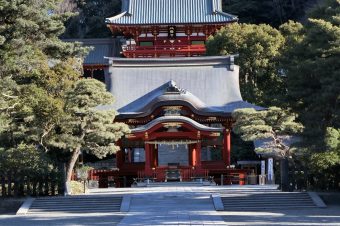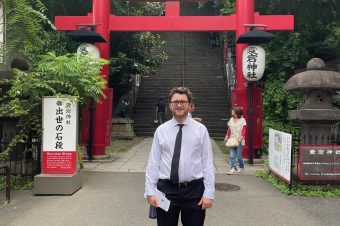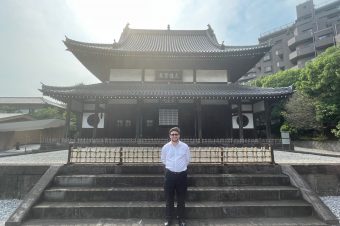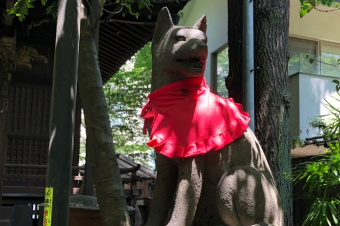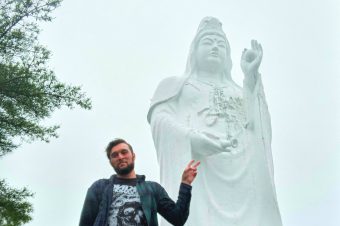This year, the 42nd G7 summit was held on May 26-27. The summit was held in the Mie Prefecture of Japan and during the summit, Shinzo Abe, Barack Obama, Justin Trudeau, François Hollande, Angela Merkel, Matteo Renzi, David Cameron visited the Ise Shrine. The Ise Shrine is officially called “Jingu,” the Japanese word for “shrine,” because it is considered the main and most important shrine in Japan.
The Ise Shrine is absolutely enormous; holding 123 smaller shrines all surrounding the two main shrines- Kotaijingu, also called Naiku, and Tokyo-daijingu, also called Geku. The property is roughly the same size as Paris. Every year, more that 1,500 rituals are held at the shrine in order to pray for the Imperial Family, world peace, and good harvest.
The inner shrine, Naiku, sits in the town of Uji-tachi. The shrine is dedicated to the most famous Shinto kami (deity), Amaterasu. She is believed to dwell there as well. The building is stunning and impressively built. It is made completely out of solid cedar wood and contains no nails at all, just joined pieces of wood.
The second main shrine, the outer shrine, Geku, is placed six kilometers from Naiku. This shrine is dedicated to Toyouke-Omikami, the Japanese god of agriculture, rice harvest and industry.
Both of the shrines are not open to the public. Common visitors cannot see beyond the tall fences that surround them, only the thatched roofs that peek out above them.
The Ise Shrine is rumored to hold the Yata no Kagami, a sacred mirror from the Imperial Regalia of Japan, and the symbol of Amaterasu, the kami enshrined in Naiku. In Japanese folklore, mirrors have always acted as a representation of truth, seeing as they reflect only what is there and nothing more or less. The mirror was originally located at the Imperial Palace so that the Imperial Family could worship Amaterasu there. However, two thousand years ago, the princess received a revelation that Amaterasu should eternally be enshrined and worshipped at the Ise Shrine.
Amaterasu is thought of as the goddess of the sun and the entire universe. Her name comes from the word “amateru,” meaning “shining in heaven.” It is believed that the emperors of Japan are direct descendants of Amaterasu.
Every twenty years, the Ise Shrine holds a large ceremony to worship Amaterasu. At this ceremony, the two main shrines are burnt and destroyed, and then rebuilt adjacent to the sites where they sat. People bring clothing and food, as well, to donate to the goddess.
The Ise Shrine is definitely in an inconvenient location for tourists, seeing as it is not located close to any major cities/tourist destinations. However, it is without a doubt the most important shrines to Japan, and holds a great deal of value to the Japanese people and religious community. For people who are able to make the trip to the Mie Prefecture, visiting the Ise Shrine would be an unforgettable and enriching experience.
| Name | Isejingu |
|---|---|
| Japanese name | 伊勢神宮 |
| Kami( ?) | Amaterasu-omikami Toyoukeno-omikami |
| Address | Naiku:1 Ujitachi Ise Mie prefecture Geku:279 Toyokawacho Ise Mie prefecture |
| Direction | Naiku: Geku:The JR Iseshi station The Kintetsu line at Ujiyamada station |
| Price | |
| Hours | |
| Event | |
| Goshuin(?) | |
| Website | http://www.isejingu.or.jp/index.html |
| Other |
